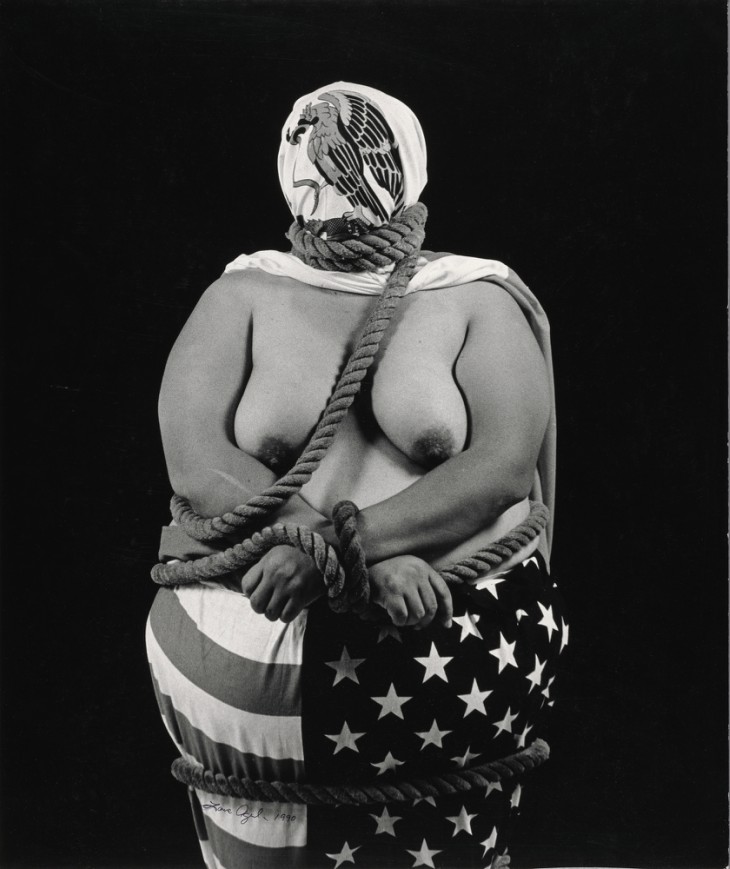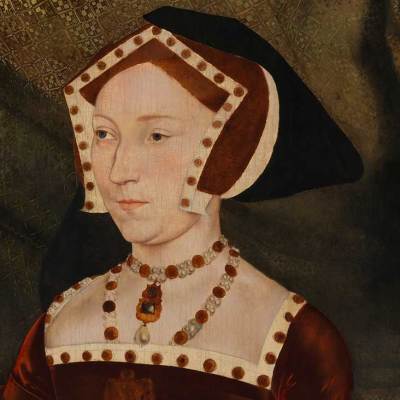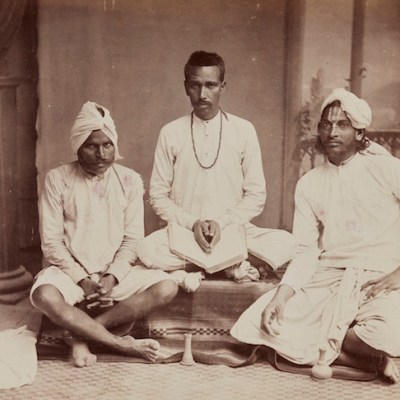A round-up of the best works of art to enter public collections recently
Museum of Fine Arts, Houston
Women of Algiers in Their Apartment (1833–34), Eugène Delacroix
Recently discovered in the apartment of a collector in Paris, this first version of Delacroix’s Femmes d’Alger (1834), which hangs in the Louvre, had disappeared after being sold at auction in 1850. The seller was the comte de Mornay, who led Delacroix on a diplomatic mission to North Africa in around 1830. The trip greatly inspired the artist, who here depicts a private moment between a woman and her maidservant. Now authenticated, the painting joins the collection at Houston’s Museum of Fine Arts.
Women of Algiers in Their Apartment (1833–34), Eugène Delacroix. Photo: Museum of Fine Arts, Houston

British Museum, London
John Christian collection of Victorian art
The violent clash in Dante Gabriel Rossetti’s The Death of Breuze Sans Pitié (1857; retouched 1865) was inspired by a scene in Malory’s Morte d’Arthur in which the assailant Sir Dinadan rescues a woman from Sir Breuze. The watercolour disappeared for nearly 60 years after being sold at auction in 1926, only resurfacing at Christie’s in 1993. It is now one of 900 Victorian works from the collection of the late art historian John Christian – including pieces by Ford Madox Brown, Walter Crane, George Frederick Watts and Eleanor Vere Boyle – that have been allocated to the British Museum through the Arts Council’s Acceptance in Lieu scheme. Highlights are currently on display in the museum’s ‘John Christian: Collecting the Last Romantics’ exhibition.
The Death of Breuse sans Pitié (1857; retouched 1865), Dante Gabriel Rossetti. Photo: courtesy of the Trustees of the British Museum
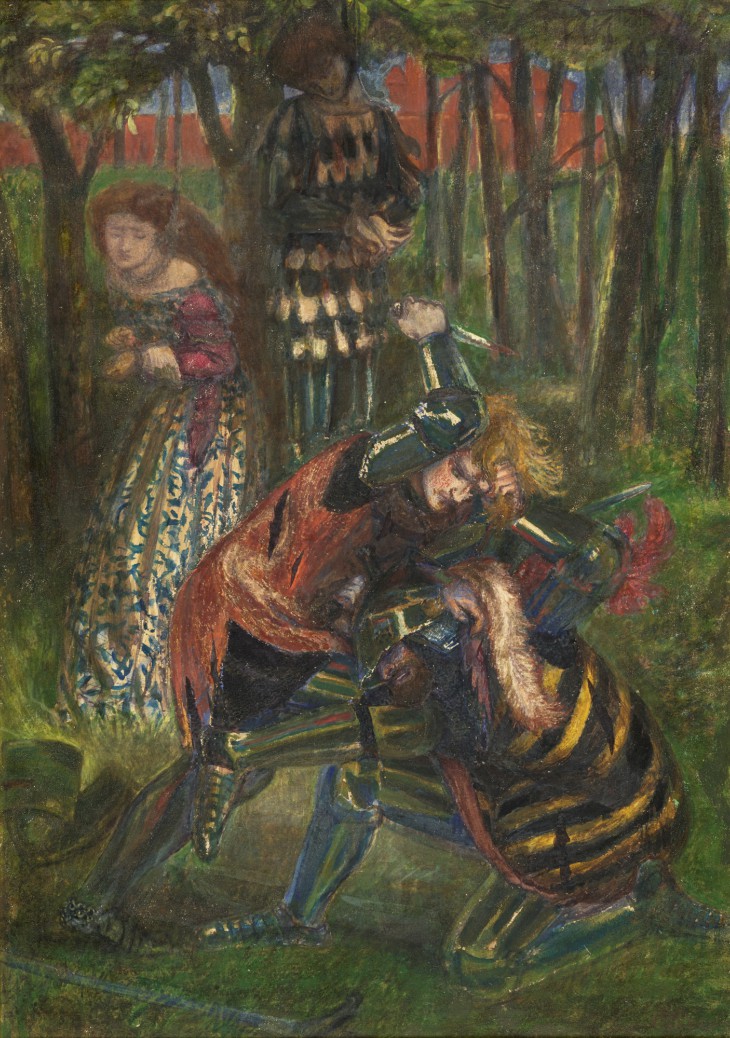
Musée d’Orsay, France
Five works by Gustave Caillebotte
Five paintings by the Impressionist Gustave Caillebotte almost double the collection of his works at the Musée d’Orsay. The works have been bequeathed by Marie-Jeanne Daurelle, whose grandfather was the Caillebotte family’s butler. Jean Daurelle appears in two austere portraits, one a bust and the other full-length, as does his son Camille, painted in the more lively scenery of the gardens at Caillebotte’s country house in Yerres.
Portrait de Camille Daurelle dans le parc d’Yerres (1877), Gustave Caillebotte. Photo: © RMN-Grand Palais (musée d’Orsay)/Patrice Schmidt

Art Institute of Chicago
Venetian rock-crystal coffer
Bearing 184 pieces of rock crystal, this glittering 16th-century coffer is a particularly exquisite example from Venice. The box’s design is curiously architectural, with its transparent oval-shaped panels divided by 16 twisted columns that have capitals of the composite order in gilded bronze.
Casket (c. 1595), Venice. Photo: The Art Institute of Chicago

Alfred Ceramic Art Museum
Miller Ceramic Art Collection
Collector and philanthropist Marlin Miller has made a promised gift of a large part of his collection of ceramic art, which amounts to more than 200 pieces, to his alma mater, Alfred University. Many of the ceramicists represented in the collection are affiliated with the university, including Val Cushing, Wayne Higby, John and Andrea Gill, Anne Currier and Robert Turner. Sixty highlights are currently on view in an exhibition at the museum, titled ‘Materiality: Masterworks from the Miller Ceramic Art Collection’.
Monumental Spade (c. 1967), Hans Coper
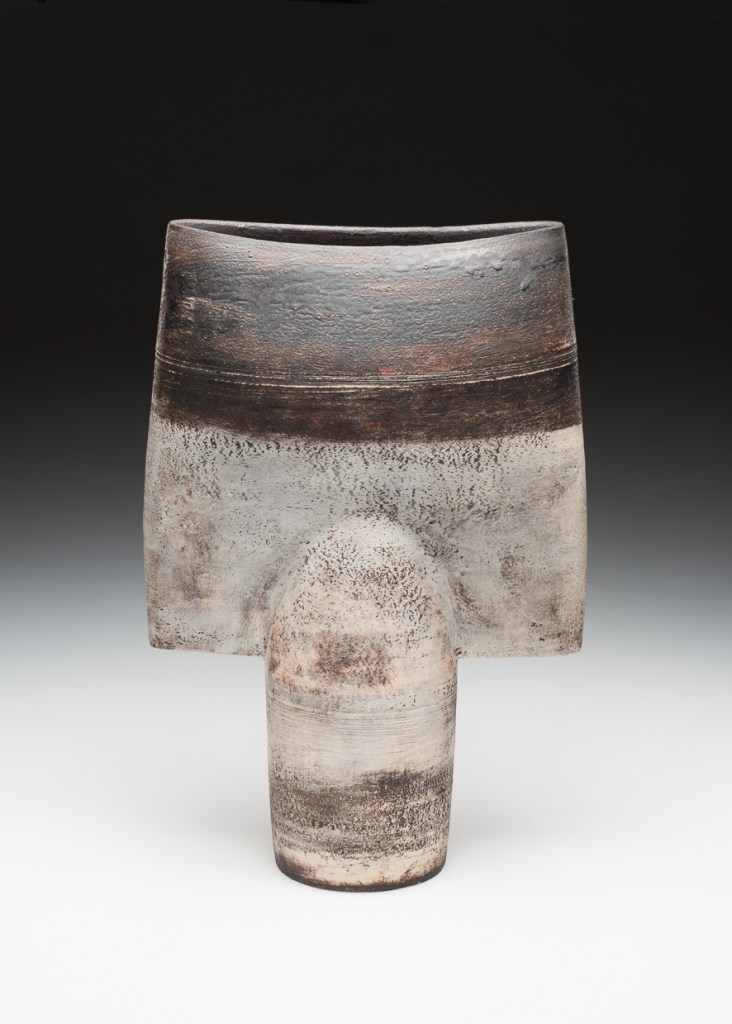
Nationalmuseum Stockholm
Flower Garland with the Virgin and Child (c. 1645–50), Daniel Seghers
A shadowy relief of the Madonna and Child is draped by a frame of brightly coloured bouquets in this ‘flower garland’ composition, typical of the Flemish still-life painter Daniel Seghers; the sculpture depicted believed to be by Segher’s longtime collaborator Erasmus Quellinus II. A Jesuit priest, Seghers painted pleasing religious motifs as diplomatic gifts. The work has been in Sweden since at least the 18th century, and now enters Nationalmuseum in the capital.
Flower Garland with the Virgin and Child (c. 1645–50), Daniel Seghers. Photo: Cecilia Heisser/Nationalmuseum
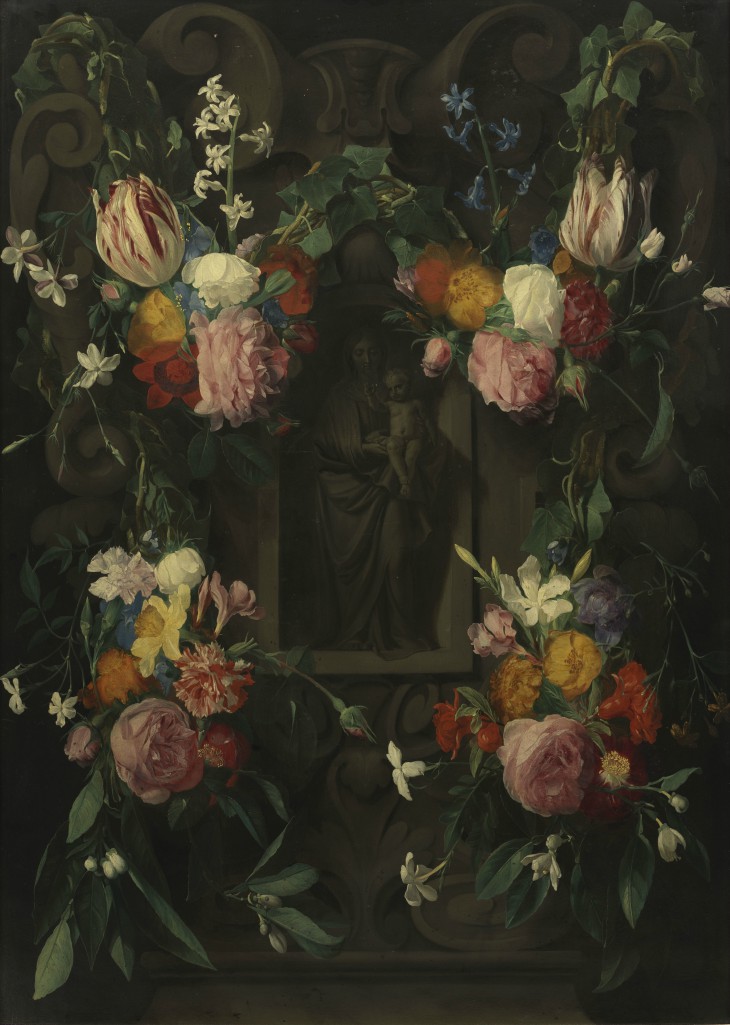
J. Paul Getty Museum
Laura Aguilar photographs
A collection of 35 photographs from five different series marks the largest acquisition of Laura Aguilar’s photography by a museum to date. From the arid desert in New Mexico to a lesbian bar in Los Angeles, Aguilar herself features in many of the the works and used them to explore her Latinx, working-class and queer identity. She died last year at the age of 59, shortly after the end of her first retrospective at the Vincent Price Art Museum at East Los Angeles College.
Three Eagles Flying (1990), Laura Aguilar. Photo: © Laura Aguilar Trust of 2016
